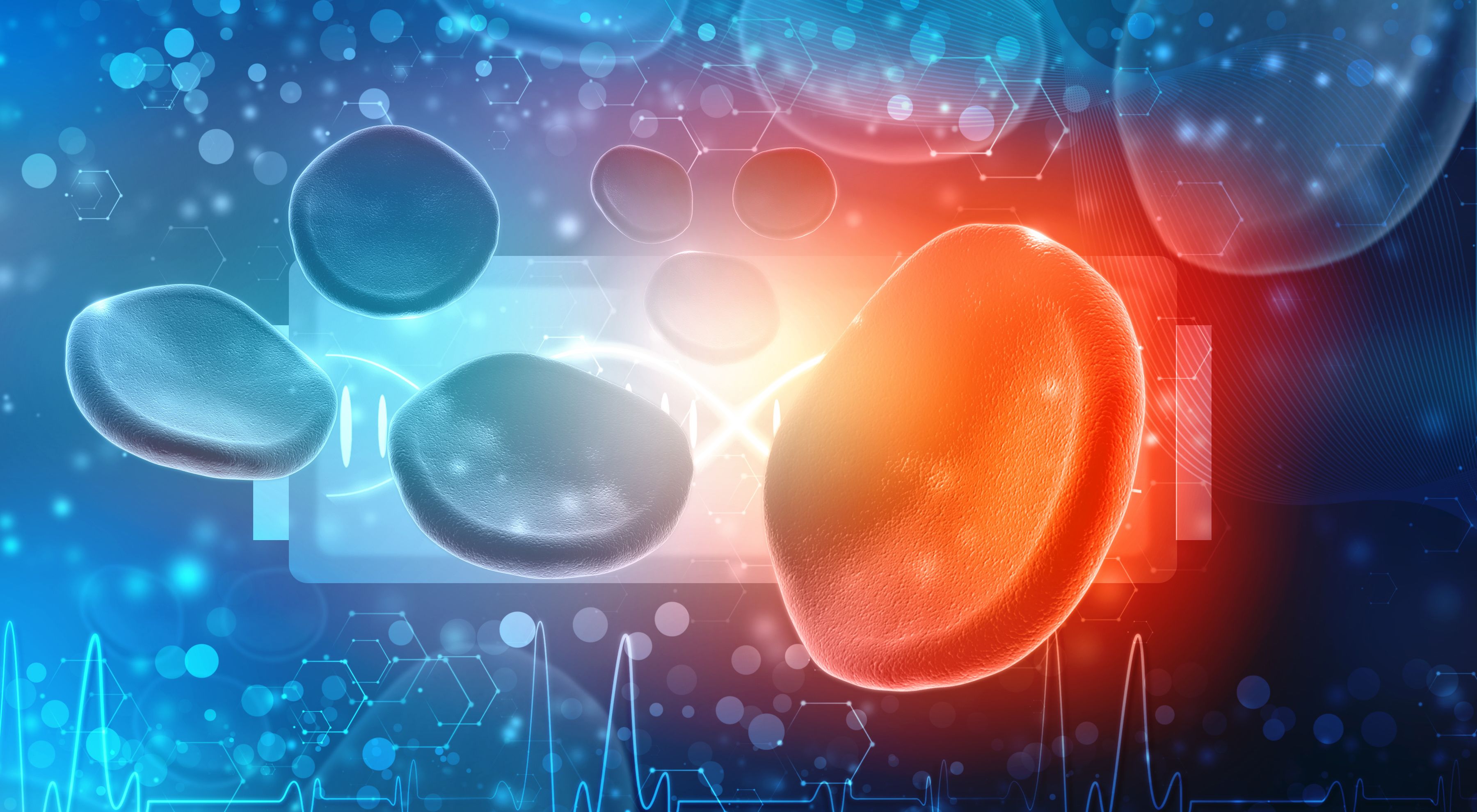Article
Using Playtime to Avoid Anesthesia in Children With Cancer
Author(s):
When pediatric patients are given radiation treatment for cancer, they often get scared or nervous because they do not have an understanding of the process and the machines involved. To remedy this, anesthesia is used in many cases, though the long-term side effects are still unknown.
When pediatric patients are given radiation treatment for cancer, they often get scared or nervous because they do not have an understanding of the process and the machines involved. To remedy this, anesthesia is used in many cases, though the long-term side effects are still unknown.
Instead of relying on anesthesia, Danielle Crump, BSN, RN, worked to develop the Pediatric Training Program within the Radiation Department of Johns Hopkins Hospital. This initiative saves time and money while avoiding any risks or complications that might come from administering anesthesia to a pediatric patient.
Why is it so important to avoid anesthesia, especially in children?
What we found was that we had no standard; we were just basically signing kids up for anesthesia because they were anxious, because of the unknowns. We had complications happen under anesthesia and radiation. Another component was that it was taking up a lot of time. Now, with this program, we can avoid the risk and complications that come along with anesthesia as well as give back that precious time to the family. Kids get stressed staying in radiation too long.
What is the training program that you've developed, in place of aneshtesia?
What are some specific things you do with the child during the program?
The other thing is, if a child gets anesthesia over the course of six weeks, we don't really know what the long-term effects of that are. Instead of anesthesia we go through a pediatric training program where we acclimate the patient and the family to our department so they can see what's going on in the department, so they can become familiar with what we do. We don't really cause pain—what we do is the “Mannequin Challenge,” this is, staying still. Anybody can do that if you train them. It's really acclimating the patient and family: This is what we do, these are the tools we use, these are our machines. Just to get them comfortable. We have a simulation room, where we create the immobilization devices. If we're treating a child with brain cancer, we will make a hand-mold first, to slow things down. We're not going to make a mask immediately. We'll do a little play, we'll show them everything that's in the room, we'll show them our hot-water bath, where we put our beginning mold into the bath and they can see how that changes. And then we'll make a hand-mold, so they can feel the sensation on their skin. Sometimes, they're not ready for it, and there's no rush. If this is going to be successful, we need to be patient. When we get to the point where we're ready to try it on their face, we explain what we’re doing the whole time. It can be really warm and wet, so we'll take cold towels and help to dry the mask quicker, and cool it down, so they're not so anxious.
How important is it to have family there with the patient?
How long is a child typically in the program?
We really are focused on the patient- and family-centered care model, where we have families come into the room with the patient when we get them ready for the radiation session. We have a planning session where we create that immobilization device for their treatment. Sometimes siblings can model for us, and kids are more apt to do it, because they see that their sibling is doing it and that there's no pain, that the sibling isn't afraid. And it's nice because you do have the encouragement of the family right there throughout the whole process. Every child is different. The simulation sessions are one hour, but if we see they need more time, we can schedule more time. The longest I've done with a patient is maybe two hours.
We never want to push anybody to the point where they're feeling upset about it and they're completely stressed out. We also will send home one of the masks, and they can do some home training. Parents are open to this, because they know it will benefit their child by avoiding complications. And it's going to free up some of their time. If their child needs anesthesia, they're going to spend two to three hours with me, Monday through Friday over six weeks. That motivates them.
What are the outcomes of the study?
When we started in 2011 — and we were just experimenting with some idea — that year we had 60 percent of our children, aged 3 to 12, were able to do radiation without anesthesia; so, for 40 percent, we still had to give anesthesia. And then in 2012, we treated 90 percent of the patients without anesthesia. So only 10 percent each year, up until 2016. In 2016 we had no anesthesia. That's a huge drop. I plan to keep that going with our Child Life Specialist.
What would you say is the main takeaway of this program?
I really press to get all the kids treated without anesthesia. There's a joke they say to me, “If you could get a six-month-old to do it, you would.” I'm not that crazy, but I would try, if I could.I think it’s knowing that this is a time-saving initiative, it's cost-effective, and it also helps the family and lets them feel a sense of autonomy and accomplishment. They're doing this. This is huge. And we do celebrate this at the end of every treatment—we have a huge party, we have a bell-ringing. I just think that it's the way to do it if you can.




